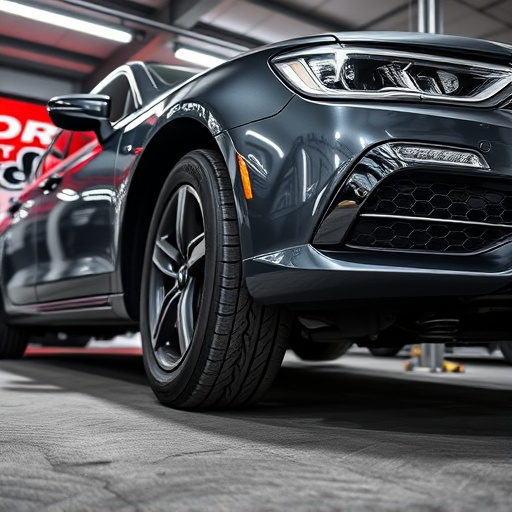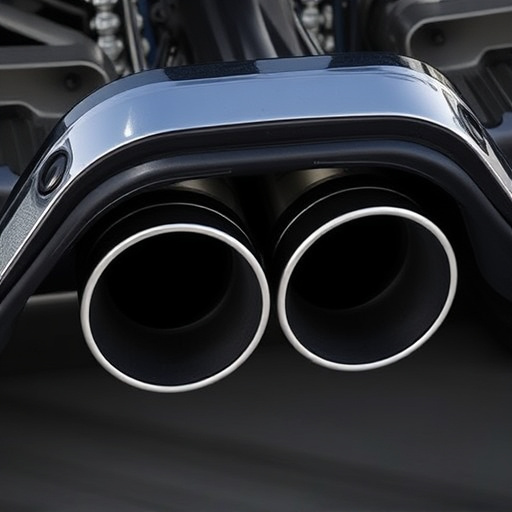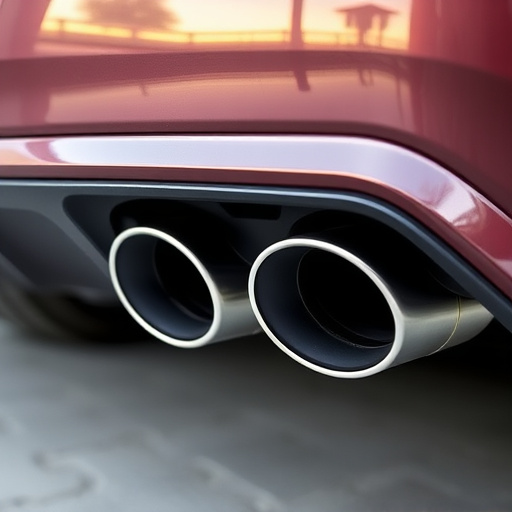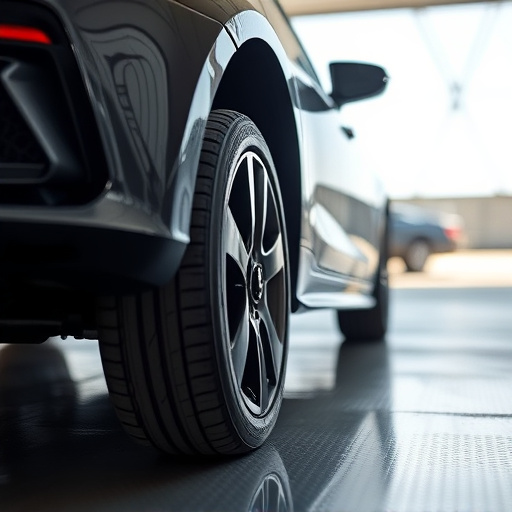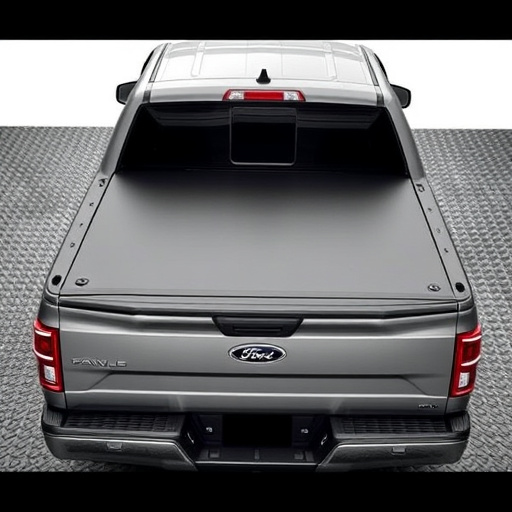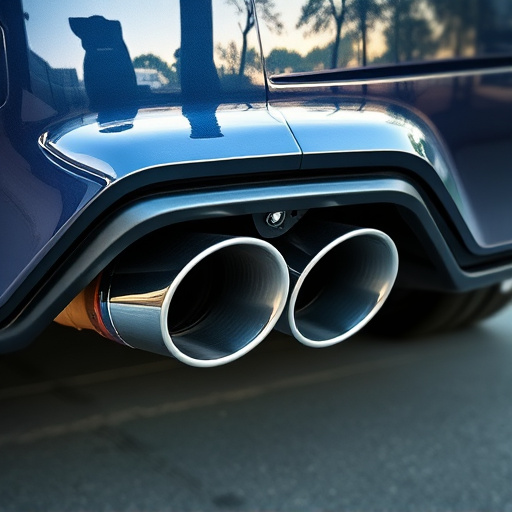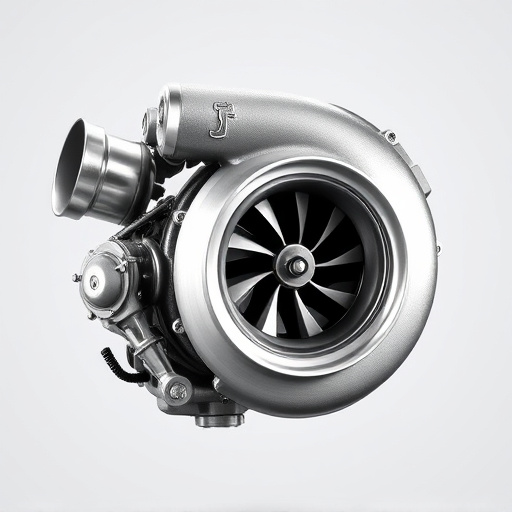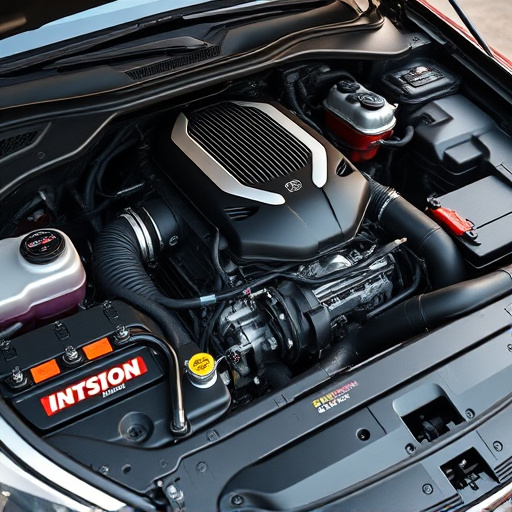Understanding brake caliper covers' dual role in aesthetics and functionality is crucial before installation. Ensure compatibility with high-flow air filters for optimal performance. Correct installation via accurate measurements from service manuals prevents braking efficiency and safety issues. Post-installation checks verify alignment, attachment, and overall system performance to prevent uneven braking, increased wear, and potential suspension failure. Evaluate interactions with other suspension components in modified vehicles for optimal braking and stability.
“Avoid common pitfalls and ensure a smooth, safe, and effective installation of brake caliper covers with our comprehensive guide. Discover essential pre-installation knowledge, learn to steer clear of typical mistakes during attachment, and master post-installation checks for longevity and safety. Understanding these key aspects is crucial for enhancing your vehicle’s aesthetic appeal while maintaining optimal braking performance. Dive into this guide to confidently tackle your next brake caliper cover project.”
- Understanding Brake Caliper Covers: Essentials Before Installation
- Common Mistakes to Avoid During Cover Attachment Process
- Ensuring Longevity and Safety: Post-Installation Checks
Understanding Brake Caliper Covers: Essentials Before Installation
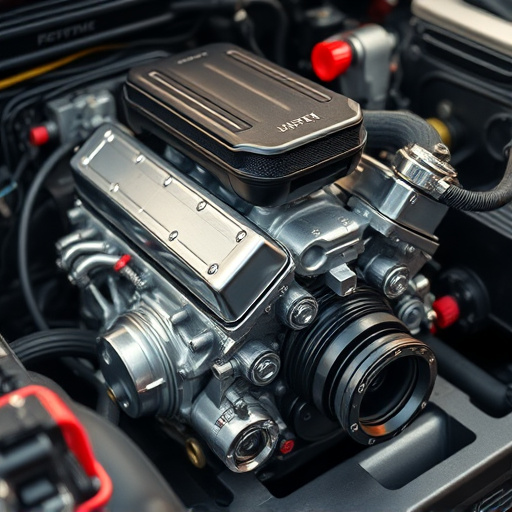
Understanding Brake Caliper Covers: Essentials Before Installation
Brake caliper covers are an important component in enhancing both the aesthetic appeal and functionality of your vehicle’s braking system. Before diving into the installation process, it’s crucial to have a solid grasp of what these covers do and how they fit into your vehicle’s overall design. Brake caliper covers serve as protective outer shells for the brake calipers, which are responsible for clamping down on the rotors during braking. They not only safeguard against rust and corrosion but also contribute to better cooling by allowing airflow around the calipers.
When considering installing brake caliper covers, it’s essential to match them with compatible intake components, such as high-flow performance air filters or air filter kits, for optimal performance. Ensuring a secure fit is paramount; improperly fitted covers can compromise braking efficiency and safety. Always refer to your vehicle’s service manual for specific instructions and measurements before making any purchases. This preparation will not only facilitate the installation process but also guarantee that your newly installed brake caliper covers serve their intended purposes effectively.
Common Mistakes to Avoid During Cover Attachment Process
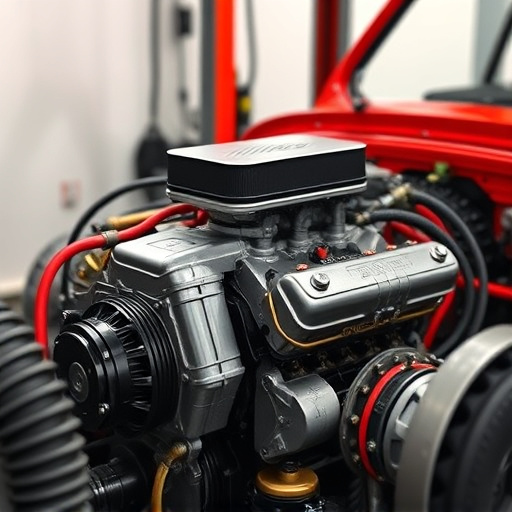
When installing brake caliper covers, several common mistakes can lead to issues with performance and aesthetics. One of the most frequent errors is misaligning the cover, which can result in an uneven look and even cause the cover to catch on nearby components, like air intake systems. It’s crucial to double-check that the cover aligns perfectly with the caliper for a seamless fit.
Another mistake to avoid is using inadequate tools or incorrect torques during attachment. Using subpar tools may lead to damage to the brake caliper covers or the underlying parts, such as brake pads and rotors. Always refer to the manufacturer’s guidelines for the right tools and torque specifications. Inadequate tightening can cause the cover to come loose over time, while overt tightening might distort the cover or compromise its functionality.
Ensuring Longevity and Safety: Post-Installation Checks
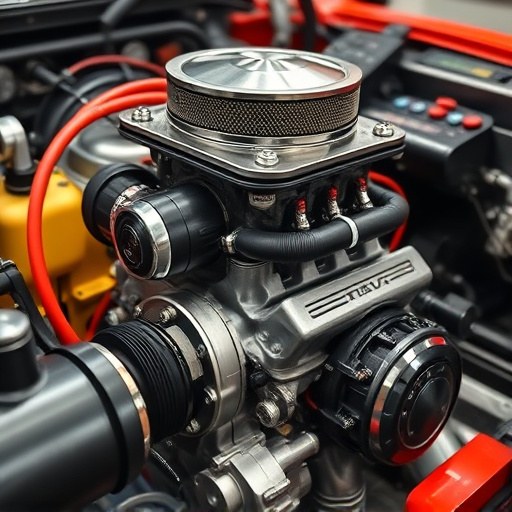
After installing new brake caliper covers, conducting thorough post-installation checks is paramount to ensure both longevity and safety. This step often overlooked can reveal potential issues that may compromise your braking system’s effectiveness and reliability. Inspecting each caliper cover for proper alignment and secure attachment to the corresponding brake caliper is essential. Any misalignment or loose connections could lead to uneven braking, increased wear on pads and rotors, and even failure of suspension components over time.
Additionally, testing the braking system under controlled conditions can help identify any leaks or performance issues with your newly installed covers. This includes checking for signs of air or fluid seepage around the caliper pins and bolts. If leaks are detected, it might indicate a misalignment or damage to the seals, which requires immediate attention. Furthermore, assessing how the brake caliper covers interact with other suspension components, especially when considering performance exhaust systems or suspension kits upgrades, is crucial to ensure optimal braking performance and overall vehicle stability.
When installing brake caliper covers, vigilance and attention to detail are key. By understanding the basics, recognizing common mistakes, and conducting thorough post-installation checks, you can ensure your brake caliper covers not only enhance your vehicle’s aesthetic but also contribute to its overall safety and longevity. Remember, proper installation is paramount for optimal performance and peace of mind on the road. Always refer to your vehicle’s manual and consider seeking professional guidance if needed. With these steps, you’ll be well-equipped to avoid common pitfalls and successfully install new brake caliper covers.
